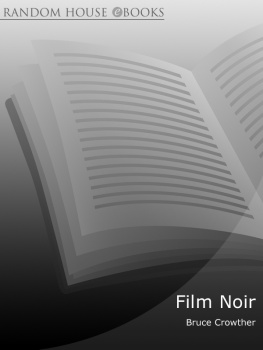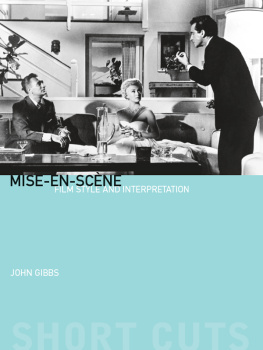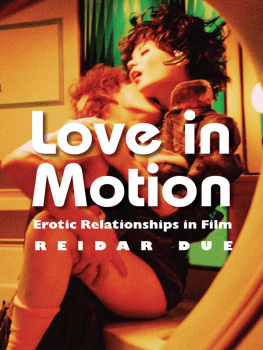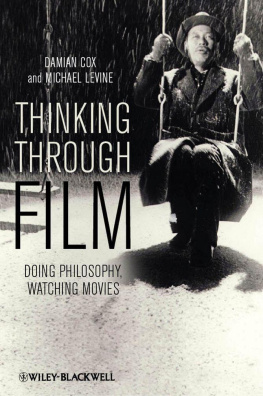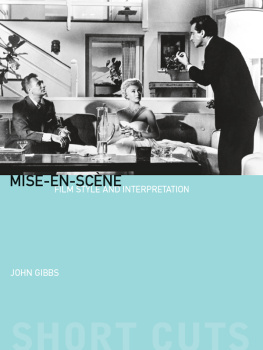Table of Contents
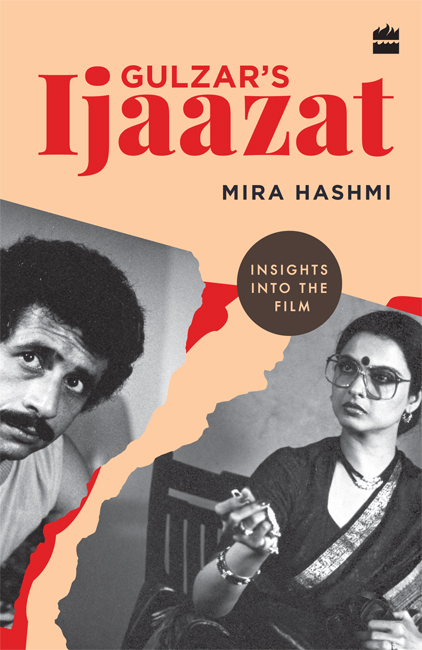

For Shoaib Puppi Hashmi and Salima Cheemie Hashmi,my parents, my champions
Contents

| Mere Nangay Pairon Mein Zameen Hai
In the Beginning
| Chhoti Si Kahani Se
The Story
| Mera Kuch Saaman
The Making, the Memories
| Aarzu Mein Behne Do
Maya
| Teri Do Nigahon Ke Sahare
Teri Do Nigahon Ke Sahare
| Jhoot Moot Ke Shikve Kuch
Sudha
| Do Humsaaye The
The Music Men
| Katra Katra Milti Hai
Aftermath

Although Hindi films had been banned in Pakistani cinemas for over forty years (19652007), Hindi film fans in the country found an oasis in the late 1970s in the form of the pirated VHS tapes that found their way into Pakistani households through expatriate communities living in the UAE and Hong Kong. Filmi publications like Stardust, Filmfare and the now-defunct Star & Style too, were smuggled into local bookshops through increasingly imaginative means. Our local TV antennae caught whiffs of Doordarshan, and Chitrahaar became a staple twice-weekly indulgence, with Vicco Turmeric Ayurvedic Cream and Nirma Washing Powder ads sounding the clarion call to come and partake.
As a result, I grew up on a robust diet of Hindi films. I didnt just develop a taste for the masala; I became an addict. I also, at some point, became acutely aware that though virtually all of these films were in some way or the other, directly or indirectly, about romance, very few of them were about relationships. Love and/or marriage always seemed to be an end-goal, never a journey. Love was the impetus to fight against villains whether they were smirking smugglers, evil dacoits, unsympathetic parents, economic disparities or just society at large and marriage was the ultimate reward. There was the odd sad ending, of course, where one or both of the lovers would give up their life in order to be united in death rather than be separated while alive; but even here, the romantic union was presented as the be-all and end-all of existence. The overwhelming majority of films, however, ended with the final shot of happily-ever-after smiles and embraces, as a romantic duet from an earlier part of the film played in the background and the The End was superimposed on the screen as a declaration that the story had reached its conclusion and nothing further remained to be said. As I grew into teendom, I found that my actual interest in the story began where the film usually chose to end it. Instead of providing satisfaction and closure, The End only served to frustrate me in the same way that childhood fairytales had before. So, Cinderella and the prince got hitched, Id think to myself. Now what? They hardly know each other. Will they be compatible? What if he leaves her alone all the time to go off hunting with his debauched friends and she becomes an alcoholic, wasting away in that huge palace?
Similarly, I wondered what the future had in store for the other film couples; what would happen once the love goggles reached their expiration date, as they inevitably do in real life, and the warts revealed themselves? Would love still be able to conquer in the face of the monotony of domestic life, personality clashes, goals and dreams evolving in separate directions, and such practicalities, or would it give up and walk away in search of greener, less demanding pastures? (Perhaps this was one of the reasons why Ramesh Talwars 1977 film Doosra Aadmi stood out for me; it was one of the rare commercial films that examined the thorns, rather than the bed of roses, in a marriage.)
Somewhere in the midst of this, as if by divine machination, I discovered the cinema of Gulzar. Im talking about the late 1980s here so you may well be rightly wondering, But he had been making films since the early 70s; were you living under a rock? Of sorts, yes. You see, those precious VHS copies of Hindi films that most local rental places stocked in the initial years of the decade were usually the latest Amitabh-Mithun-Sridevi-Jeetendra potboilers; very few imagined that their customers would be interested in older films, least of all old arty films. But as the video rental business boomed and the audience for it grew, so expanded the audiences taste and, with it, the demand for a wider variety of cinematic fare particularly the classics. The video hunter-gatherers obliged and rental stores started stocking fairly diverse titles, from the celebrated to the relatively obscure. And so it came to be that most of the then-younger generation saw Mughal-e-Azam (1960), Awaara (1951), Sholay (1975), etc., well after we had seen the likes of Himmatwala (1998), Disco Dancer (1982) and Shahenshah (1988). (And, yes, probably just as many Pakistanis have tried to freeze-frame Mandakini under the waterfall in Ram Teri Ganga Maili [1985] as Indians.)
Of course, we had been watching and listening to songs from Gulzars films on Chitrahaar and on smuggled audio cassettes for years; we even knew the dialogue prelude to Tere bina zindagi se koi shikva to nahi from Aandhi (1975) by heart. But, finally, we were able to put those songs in context. As it happened, Aandhi was the first one to be viewed in my household, accompanied by whispers of it being a fictionalized account of Indira Gandhis private life. Many were astounded by its open ending, which not only daringly defied Hindi cinemas penchant for upholding the notion of love conquers all, but also suggested that for some women shock, horror! life possibly had meaning beyond romance and matrimony. I was intrigued and sought out more of the writer-directors work, which in the pre-Internet days, with almost non-existent access to published information about the Hindi film history, was not an easy task. I dont quite recall how I managed it; the most important part is that I did, so I begged and bullied my video-wala into procuring for me several of Gulzars directorial efforts, like Koshish (1972), Parichay (1972), Mausam (1975), Khushboo (1975), Kinara (1977) and Angoor (1982), as well as some of the films he had had a hand in writing, like Anand (1971), Chupke Chupke (1975), Khubsoorat (1980) and other popular middle-of-the-road films (as they were often called) directed by Hrishikesh Mukherjee. Needless to say, it soon dawned upon me that not only had Gulzar been on writing and directing duties for some remarkable films, he was also responsible for some of the most memorable and modern lyrics ever heard in Hindi film songs. Most importantly, though, his films delved into the very fabric of human interaction and relationships, looking deeply into what made the fibres tear and what, sometimes, could stitch them back together, even momentarily. Love, his stories seemed to say, is not always the answer; rather, it is just a part of the question.
Biographer Saibal Chatterjee writes in the introduction to Echoes & Eloquences: The Life and Cinema of Gulzar:
Gulzars significance as a filmmaker stems from the singularity of his vision. In a movie industry that is propelled largely by the desire for making a box-office killing, he dares to make films for the love of making them. He tells stories because he has tangible insights to share with his audience. He writes lyrics because he is a poet forever keen to give free rein to his imagination. Moreover, in an industry that does not encourage filmmakers to express their inner feelings and ideas popular Hindi cinema is a vehicle of formulaic, simplistic stories of love and heroism, good and evil, sacrifice and avarice he dares to use his tools to articulate his humanist vision and his inner self.


